Haida artist Iljuwas Bill Reid (1920–1998) is one of the most significant figures in Northwest Coast art of the late twentieth century. He created Eagle and Bear Box for display in the Canadian Pavilion at Expo 67 in Montreal. One of Reid’s earliest gold boxes, it features engraved long-established Haida formlines and the face of a bear in bas-relief. Standing on the lid is an Eagle spreading its wings.
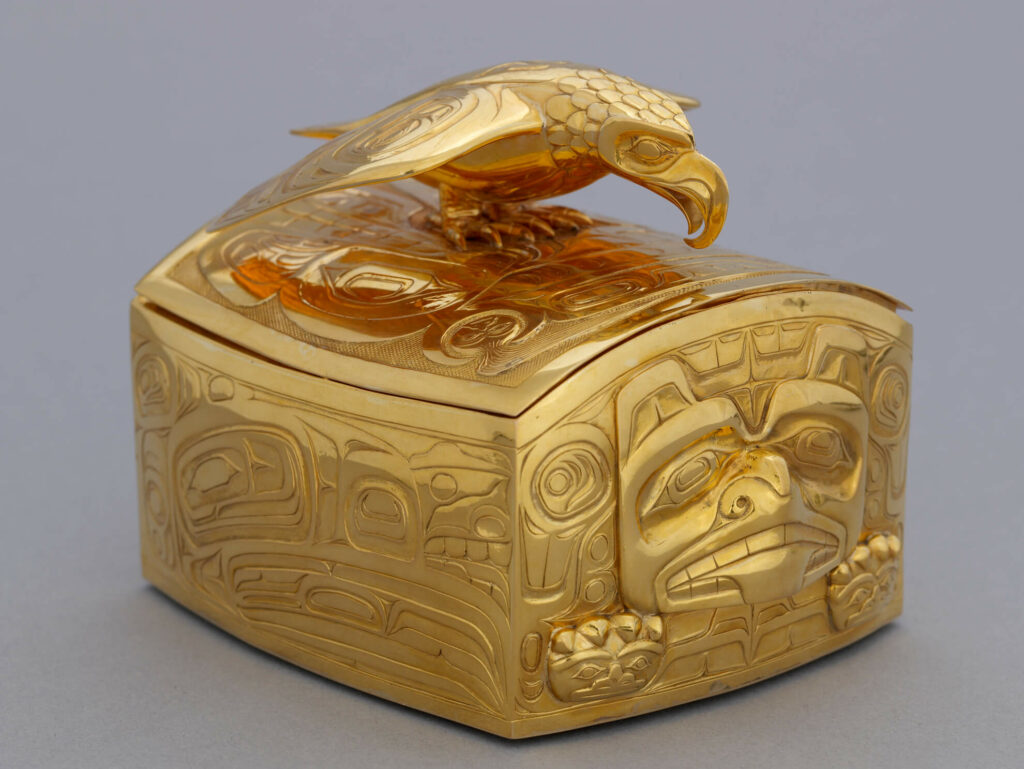
22k gold, 10.2 x 11 x 13.3 cm, UBC Museum of Anthropology, Vancouver
Reid was among more than a dozen Indigenous artists commissioned to exhibit at the Indians of Canada Pavilion at Expo 67. Contributors included Alex Janvier (1935–2024), Carl Ray (1943–1978), and Norval Morrisseau (1931–2007). Reid turned down the commission because the pavilion’s advisory committee requested he carve a generic-style pole, but such a pole simply did not exist. He noted: “If you hire a Haida carver you get a Haida pole. If you hire a Kwakuitl carver you get a Kwakuitl [sic] pole. . . . If you want a bastard pole, draw your own conclusions.”
Reid understood the crucial responsibility involved in presenting and handling art with cultural and spiritual significance, and the problem of grouping all Indigenous peoples together. Instead of carving a pole for the Indians of Canada Pavilion, Reid created Eagle and Bear Box and exhibited it in the Canadian Pavilion, a building that aimed to portray the complex diversity of Canada from a different angle.
This Spotlight is excerpted from Iljuwas Bill Reid: Life & Work by Gerald McMaster.
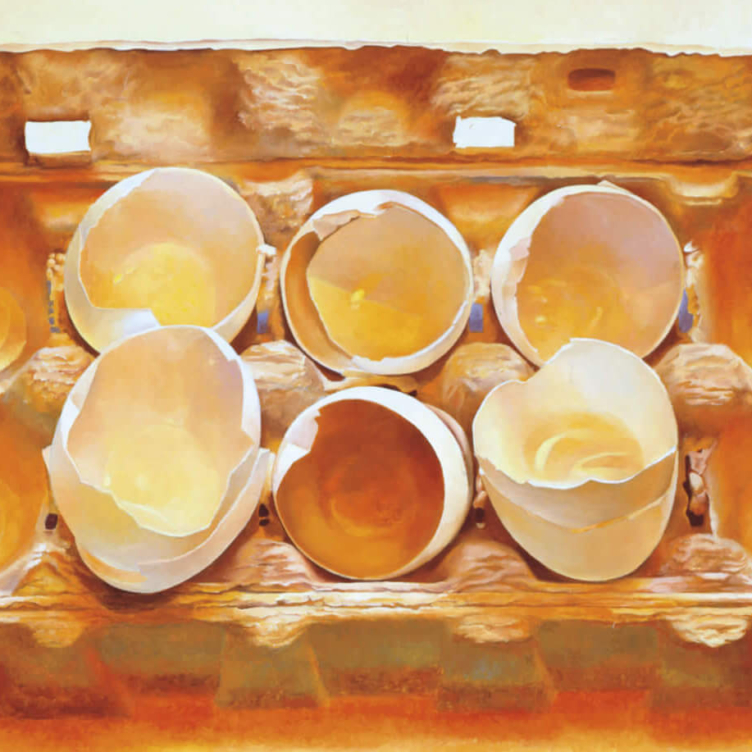 The Weight of Absence
The Weight of Absence
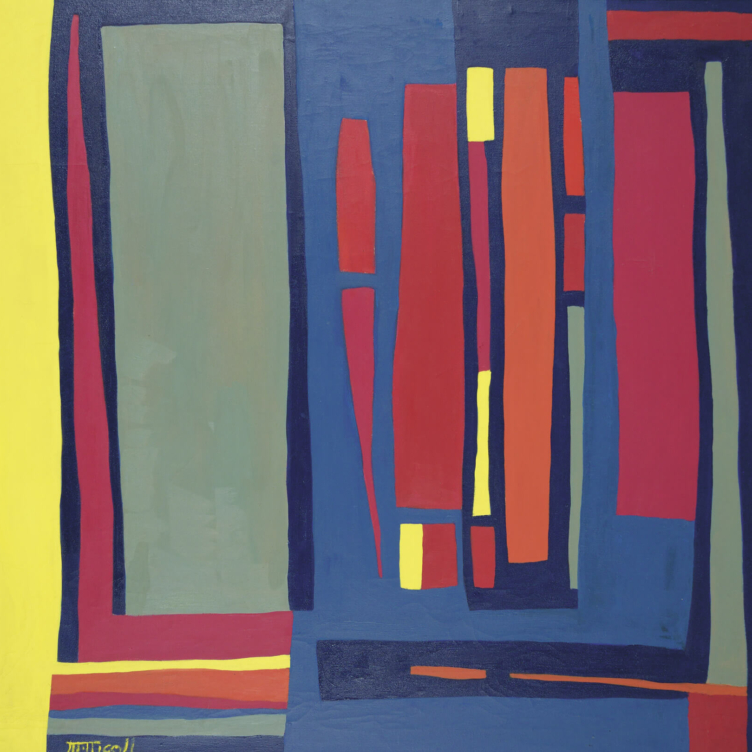 Abstract Alberta
Abstract Alberta
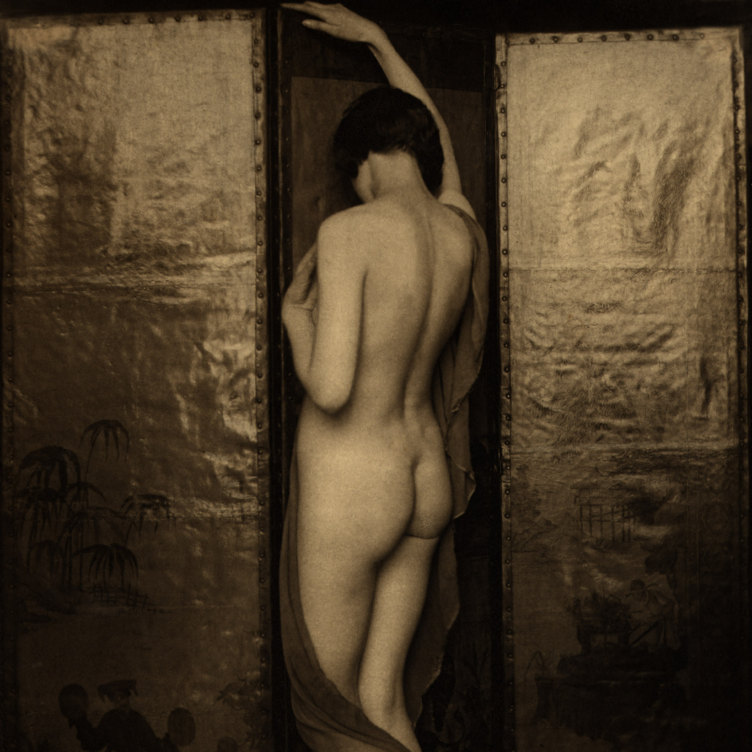 The Art of the Body
The Art of the Body
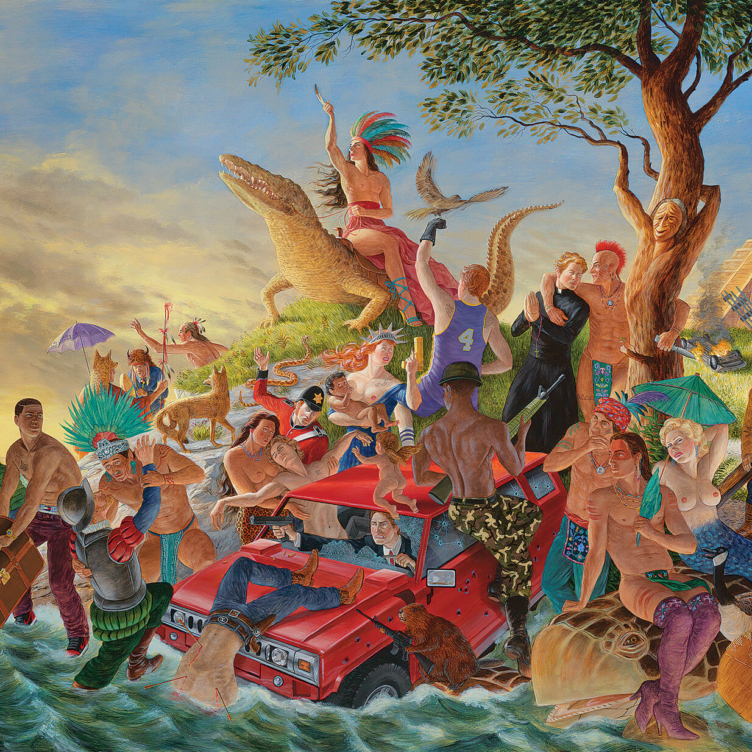 Rococo Riff
Rococo Riff
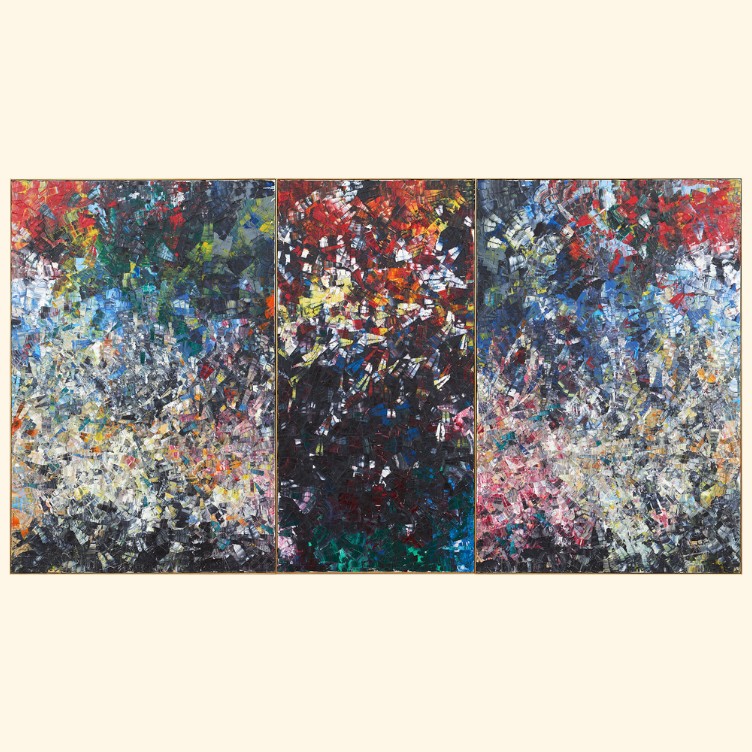 In Memory of Monet
In Memory of Monet
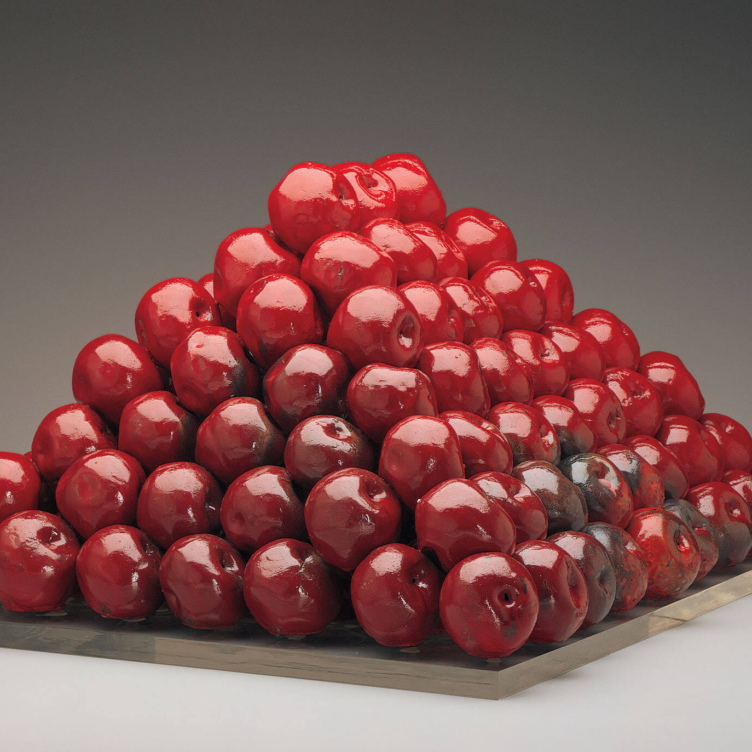 Pyramid Scheme
Pyramid Scheme
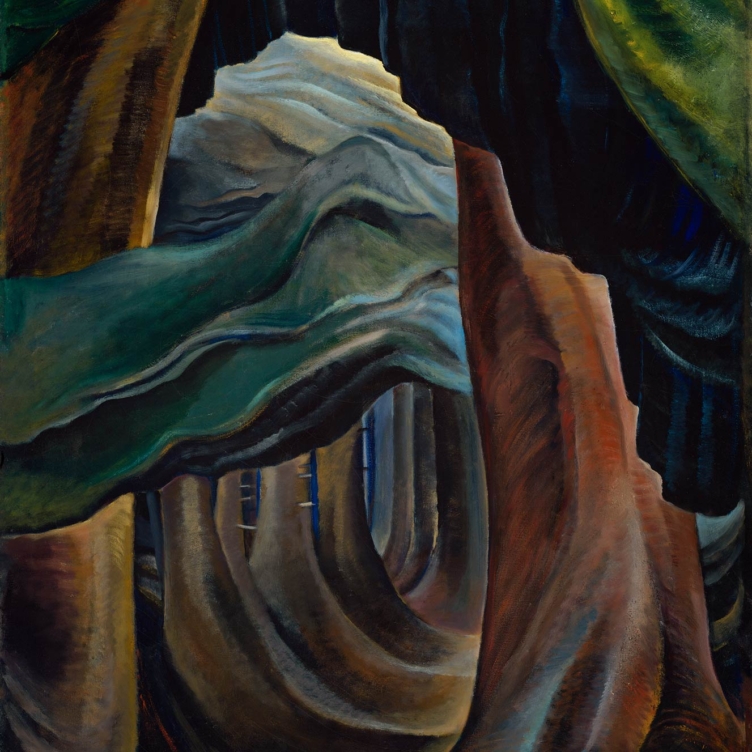 Transportive Trunks
Transportive Trunks
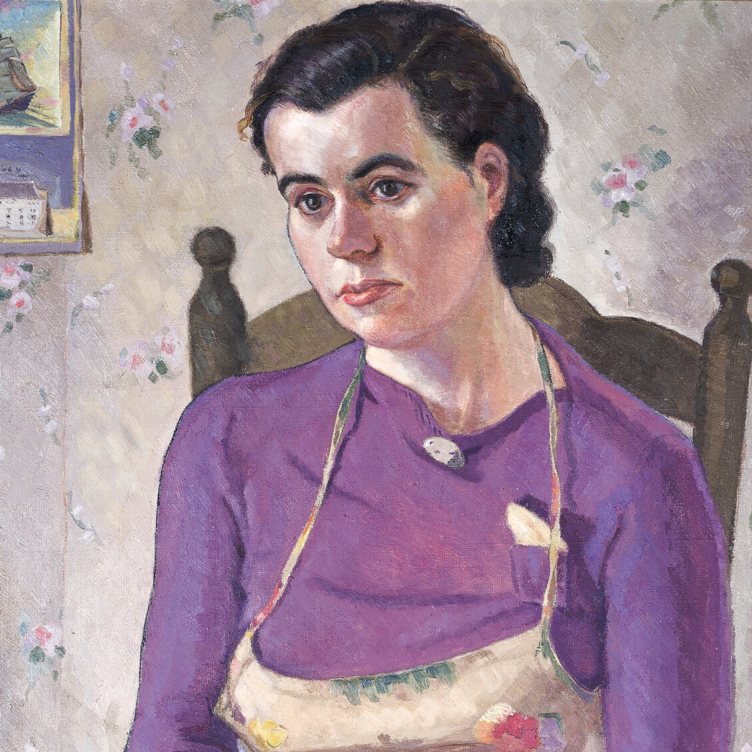 The Military Mate
The Military Mate
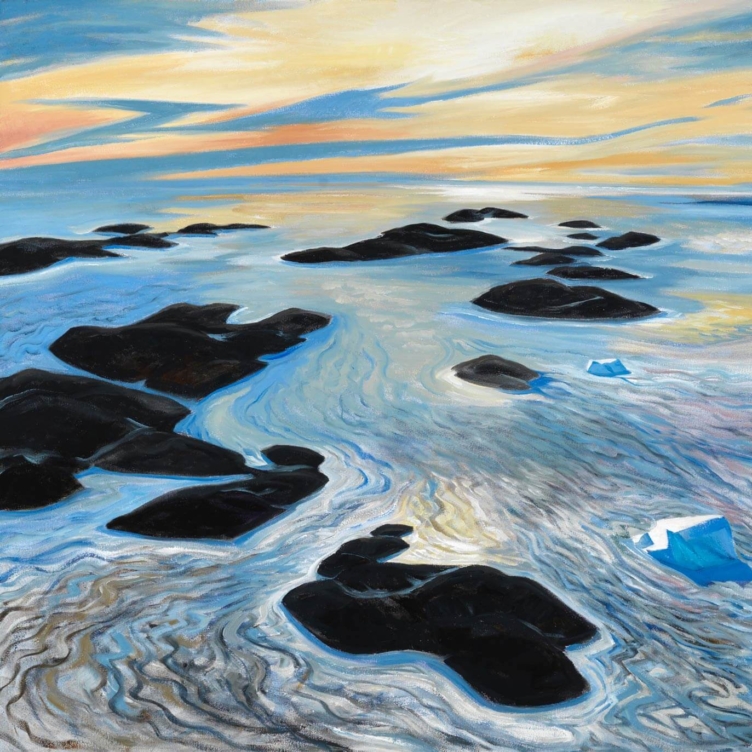 Looking Up on the World
Looking Up on the World
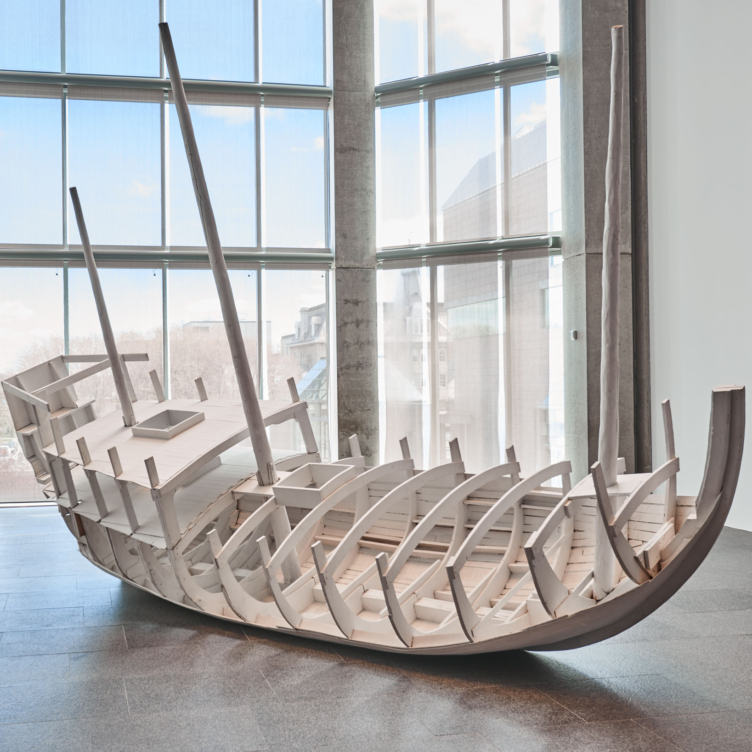 Vessel of Despair
Vessel of Despair
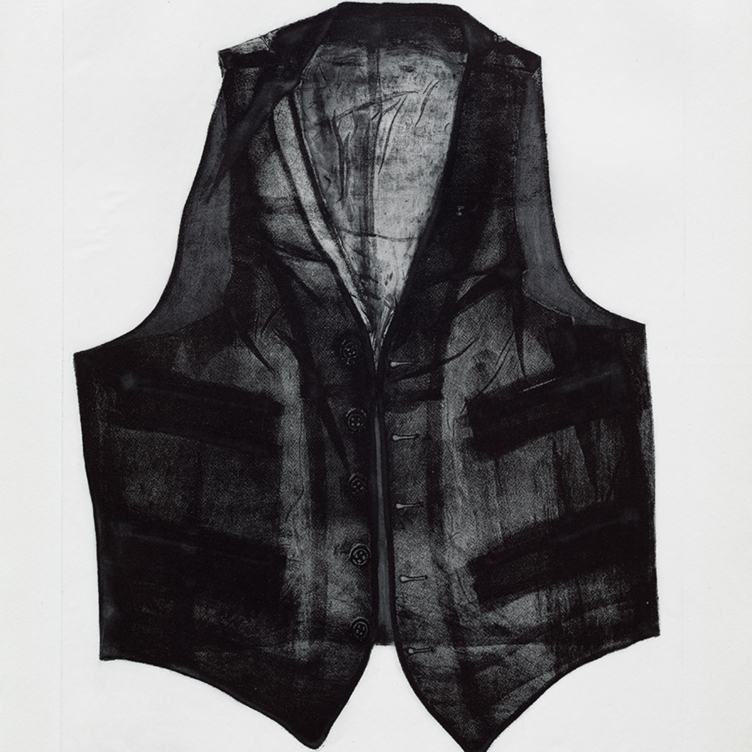 Layers of Meaning
Layers of Meaning
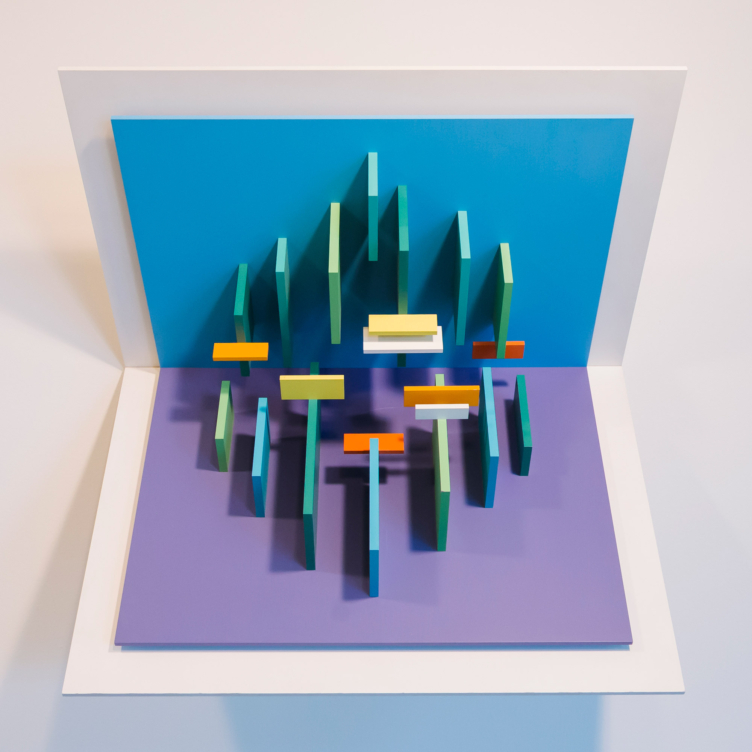 In Parallel to Nature
In Parallel to Nature
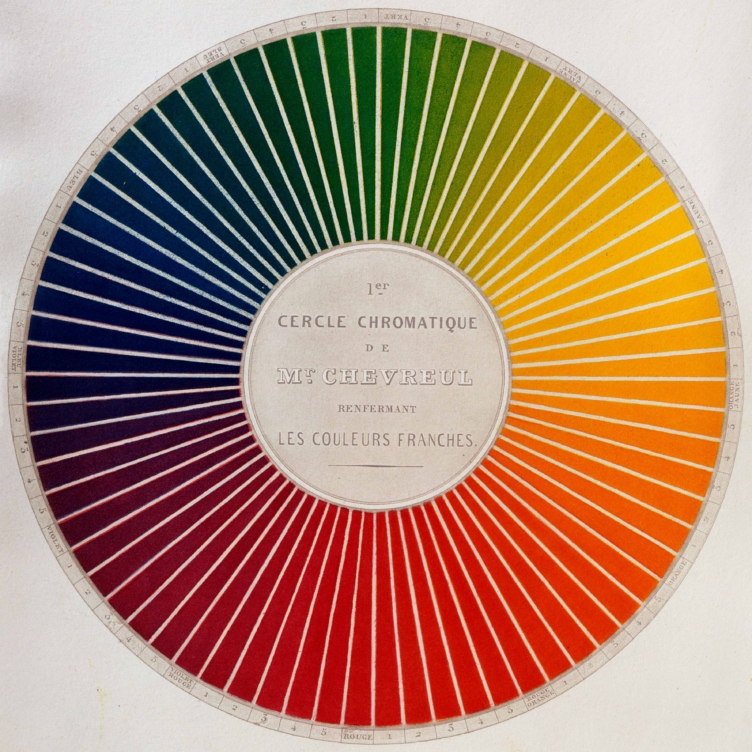 Wheel of Fortune
Wheel of Fortune
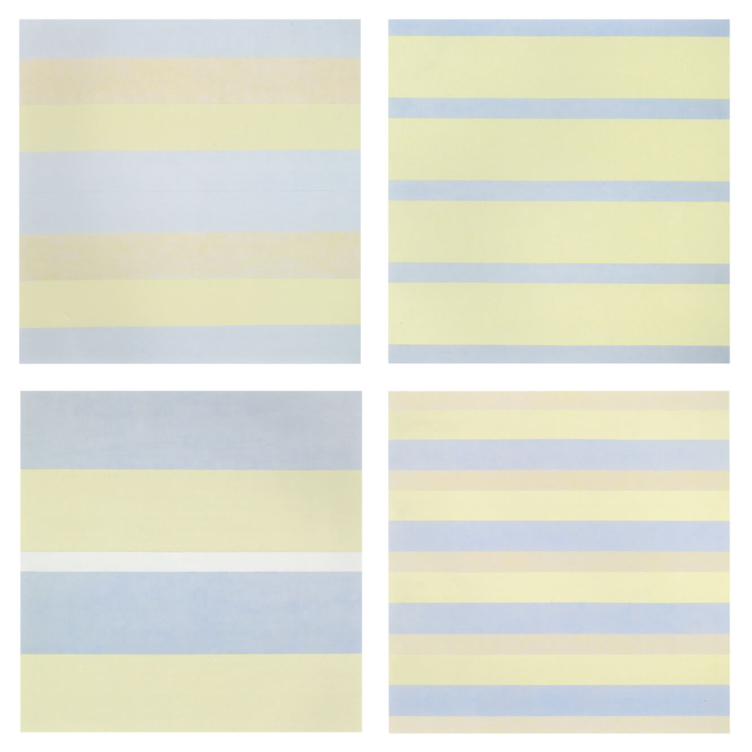 Paintings after emotional states
Paintings after emotional states
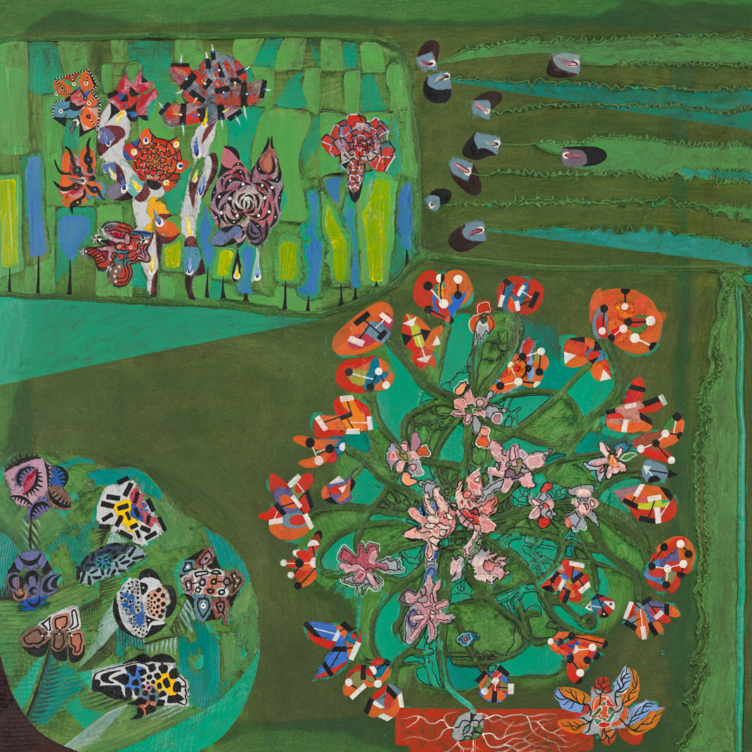 Garden of Delight
Garden of Delight
 Stitching the Archives
Stitching the Archives
 A Working-Class Hero
A Working-Class Hero
 Imagining Entangled Futures
Imagining Entangled Futures
 Bridging Far and Near
Bridging Far and Near
 Soft Power
Soft Power